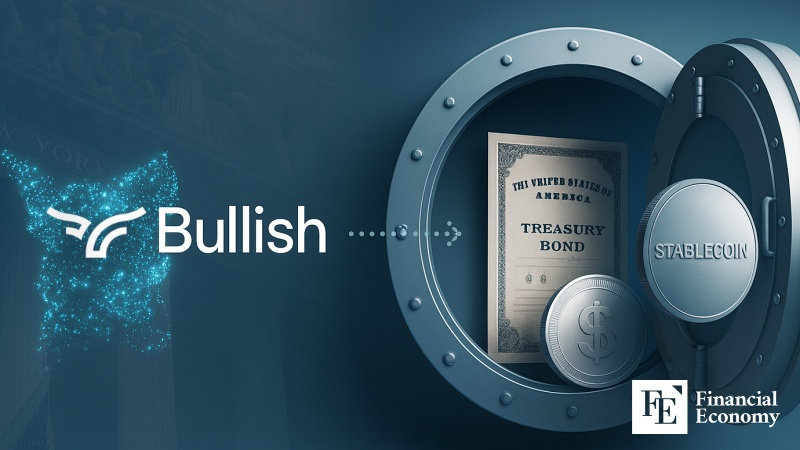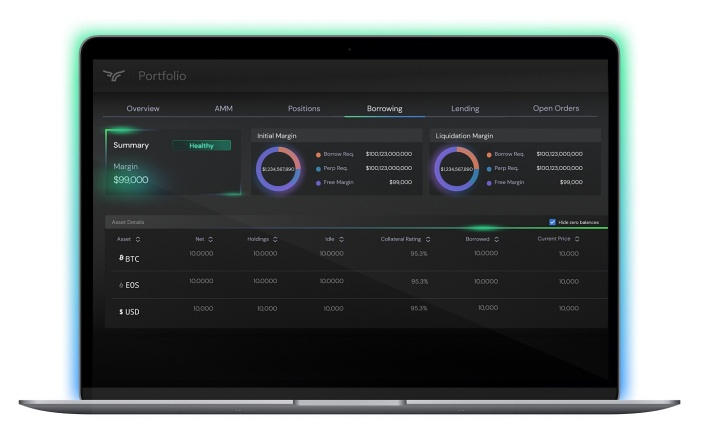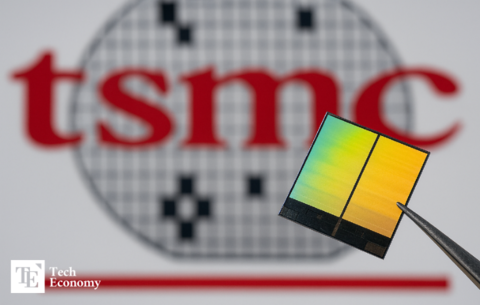Bullish Aims Beyond the Exchange: IPO Fuels Stablecoin Ambitions
Input
Modified
Target Valuation at $4.2 Billion
From Quiet Contender to Market Reshaper
Blurring Lines Between Traditional Finance and Digital Assets

Global crypto exchange Bullish is pushing for an initial public offering (IPO) on the New York Stock Exchange as it seeks to expand beyond its core trading business. The company plans to invest IPO proceeds into U.S. Treasury securities, using them as a foundation to enter the stablecoin market. This strategy marks a shift toward decentralized infrastructure underpinned by legal and financial stability—signaling Bullish’s ambitions to evolve into a broader digital finance platform. Amid regulatory changes in the U.S., stablecoins backed by Treasuries are gaining traction as a potential bridge between crypto and the mainstream financial system.
Asset-Backed Trust and IPO Transparency: Bullish Plays Both Angles
After filing a draft registration with the U.S. Securities and Exchange Commission (SEC) in July, Bullish has now submitted an updated securities filing for its IPO. If approved, the company could begin trading as early as August 12. Bullish is targeting a valuation of $4.23 billion, offering 20.3 million shares at $28 to $31 apiece, with plans to raise up to $629 million.
A major portion of the proceeds will be invested in U.S. Treasuries. Bullish aims to issue and circulate stablecoins backed by these government bonds, aligning with recent U.S. regulatory guidelines that clearly define standards for stablecoin issuance. The strategy is designed to attract institutional investors by offering both asset-backed reliability and the transparency of a publicly listed company.
Bullish previously attempted to go public via a special purpose acquisition company (SPAC) in 2022, but the deal fell through. At the time, skepticism about the firm’s market credibility and financial performance led to doubts. Since then, however, Bullish has improved its trading volume, liquidity, and technological infrastructure. Its renewed IPO bid is seen as a bid not just for capital, but for a strategic pivot toward long-term institutional relevance.

Long-Term Market Share Gains and Infrastructure Overhaul
Bullish’s recent rise in visibility stems from overhauls in both its fee structure and platform infrastructure. The company capitalized on growing Bitcoin trading demand in the U.S. by slashing transaction fees well below industry norms, leading to a steady increase in institutional usage. Unlike major exchanges that prioritized short-term profits through high fees, Bullish pursued a volume-based business model anchored in ultra-low fees—an approach focused on long-term market share.
The company has also completed a major infrastructure transition. In July, Bullish announced it would migrate its trading infrastructure to the Solana blockchain. Solana offers faster transaction speeds and lower fees than platforms like Ethereum, making it well-suited for high-volume environments. Bullish aims to balance decentralization and efficiency by moving from a private blockchain system to Solana’s public framework.
This shift is more than a backend upgrade; it lays the groundwork for Bullish’s stablecoin issuance and distribution strategy. The company plans to introduce Solana-based stablecoins to its trading and settlement services, targeting institutional finance. Bullish’s timing aligns with a flurry of U.S. legislative activity on stablecoins, which has brought greater regulatory clarity. With this foundation, Bullish can now explore new revenue streams beyond exchange fees by scaling stablecoin operations.
Stablecoins Draw Growing Interest—and Scrutiny
As the digital asset space rapidly evolves, market participants are showing heightened interest in stablecoins backed by U.S. Treasuries. Private issuers offering fiat-pegged digital tokens backed by cash or Treasuries are increasingly seen as providers of “cyber dollars”—a trusted digital equivalent of fiat currency. Institutional investors in particular prefer stablecoins with minimal price volatility, contributing to steady growth in the circulation of asset-backed tokens. Bullish’s IPO-fueled focus on Treasury-backed stablecoins reflects this broader shift in market sentiment.
Only two to three years ago, cryptocurrencies were widely criticized as speculative instruments detached from the real economy. But as U.S. regulatory frameworks for stablecoins take shape, the notion that certain privately issued stablecoins could complement the traditional financial system is gaining traction. Stablecoins tied to U.S. Treasury securities offer a potential solution to the “insufficient backing” concerns long voiced by regulators. Their inherent stability and transparency could help bolster the dollar’s digital infrastructure.
Still, structural risks remain. The Bank for International Settlements (BIS) recently highlighted liquidity and price stability concerns in a July 15 report, warning that stablecoins could pose systemic risks. Citing Moody’s data, the BIS noted that from January to November 2023, major stablecoins like USDC experienced over 600 incidents of “depegging,” where they failed to maintain their fixed value.
For example, Circle—the issuer of USDC—held 8% of its reserves in Silicon Valley Bank, and when the bank collapsed, USDC’s value dropped from $1 to $0.86, sparking a wave of redemptions. Such incidents have raised alarms about the potential for stablecoin volatility to impact the broader financial system. The BIS estimates that $3.5 billion in stablecoin inflows could lower short-term Treasury yields by 0.025 to 0.05 percentage points, while an equivalent outflow could raise yields by 0.06 to 0.08 points—nearly three times the impact, indicating a potential for sharp fluctuations in Treasury prices.
Despite these concerns, stablecoins are increasingly viewed as a key component of digital payment infrastructure. With U.S. regulators showing a conditional openness to their adoption, the steady influx of private issuers is accelerating efforts toward formal regulation. Bullish’s strategy—pursuing both price stability and legal certainty via Treasury-backed models—embodies this emerging trend. While the timeline for stablecoins to fully integrate into the financial system remains uncertain, the shift in perception—from speculative assets to regulated currency complements—is well underway.





















